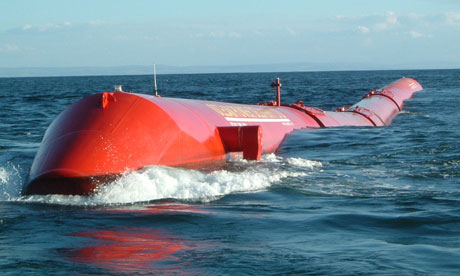Last night our new office entered hospitality mode once again
with the launch of the Angel Honey Club, becoming Cullinan Studio’s first
Sustainability Event of the year.
Did you know that the average honey bee produces just 1/12th
of a teaspoon of honey in its lifetime? This was the first of many thought-provoking
facts presented to us by the young ‘Generators’ of The Honey Club - the eco-enterprise
and vision of Global Generation, Urban Bees and Wolff Olins – whose aim is to build
the biggest bee-friendly network in the world, by starting with the local
community’. They currently have 100,000 bees in their living roof garden, and are
looking for more premises on which to expand.
Fuelled with another of Global Generation’s locally grown and
very tasty cooking, the evening brought together the people behind the project,
along with architects, enthusiasts and others interested from the Islington
area.
We were treated to a series of brief talks from founders and
volunteers alike, who all emphasised the significance of the honey-bee and the
vital role which they play, as well as the positive effect on the community and
the importance of teaching the younger generation about caring for our world. It
was truly inspiring to hear from enthusiastic young minds who rejoice in the knowledge
and skills they have acquired, and to learn of The Honey Club’s mission.
A big thank you to the team at Global Generation for the wonderful
food and the fascinating evening, with further thanks to the Generators as well
as those from Urban Bees, Wolff Olins, the Guardian and Central St Martin’s who
came to share their experiences.
To learn more please visit the Honey Club website, and watch
this space for further upcoming Cullinan Studio sustainability events!

































